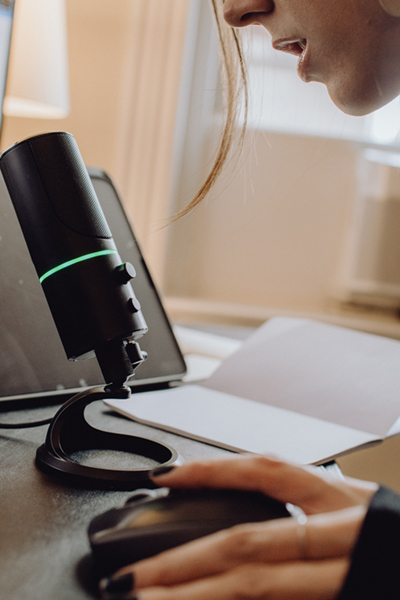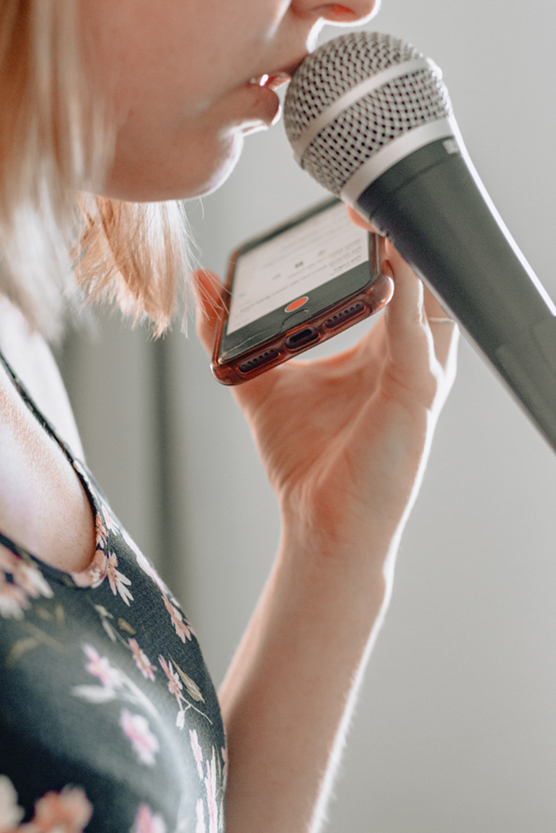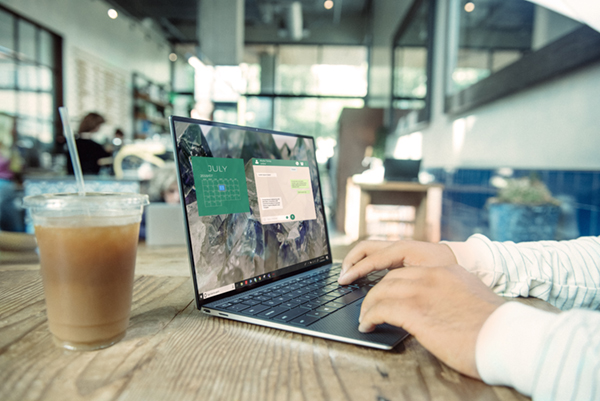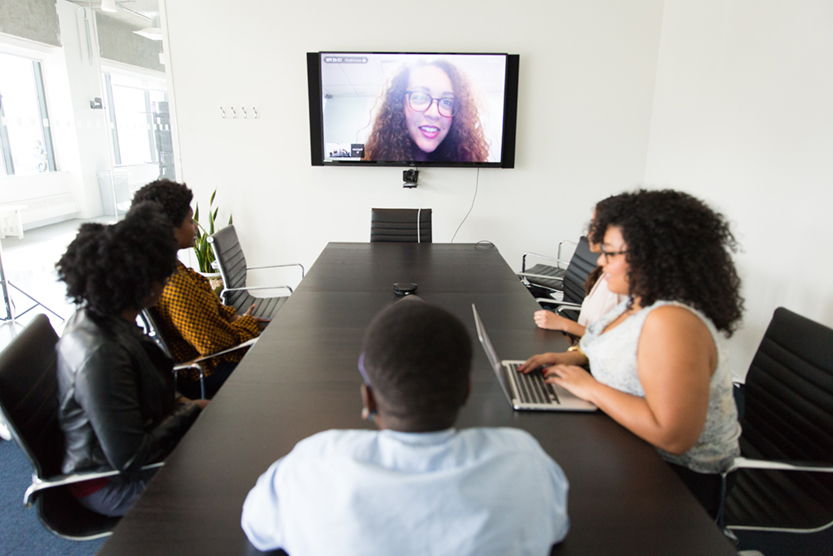In this blog we share practical tips to help you get heard (better) during your next virtual meeting. Audio is a key part of any presentation, and the aim should be for your audience to not notice it at all. If they do notice the audio (e.g. an echo or feedback), this will bring the quality of your entire presentation down.
Tip 1. Use an external microphone

No matter how good the quality of your on-board microphone, consider using an external microphone for better results. By having a microphone placed closer to the sound’s origin (i.e. your mouth) you will capture clearer audio. In addition, there will be less chance of picking up echo from the room, which is what an on-board microphone tends to do if you are speaking further from it. For example, if you are speaking into your computer’s on-board microphone from a distance, the microphone will tend to capture the audio from your mouth, and from the rest of the room.
You don’t have to go out and buy an expensive microphone – consider using a simple microphone such as that which comes with your smartphone’s headset.
Tip 2. Handling your microphone

When using a microphone, do your best to avoid touching the microphone head with your hands, your clothing or accessories. Avoid gesticulating so much so that you knock the microphone, and do not speak too loudly into it. This will help avoid any jarring sounds for your audience!
Tip 3. Hide it

This isn’t essential, but it is nice to hide your microphone if that’s a possibility. This will give a more polished look to your presentation. For example, if you are using a plug-microphone, consider hiding it under a jacket you are wearing so that the audience does not see the cable. However, bear in mind that the microphone needs to be in the open air and near your mouth for best audio results.
Want To Learn More?

Our online video skills course is up and running. Follow this link to the free taster lesson. You will learn why video is such a powerful medium for sharing knowledge with your audience.



